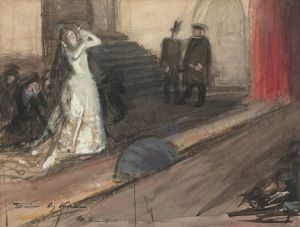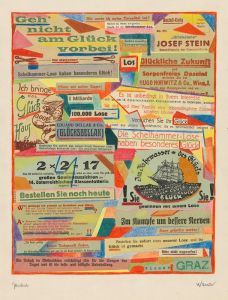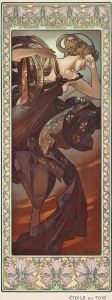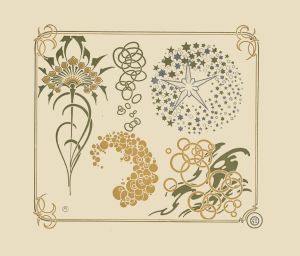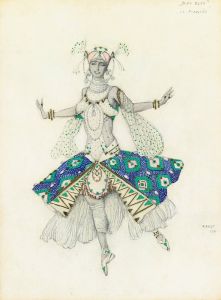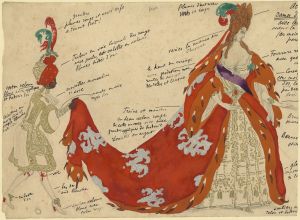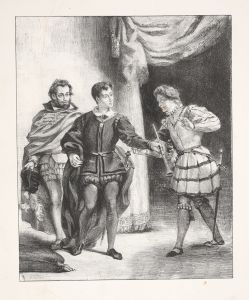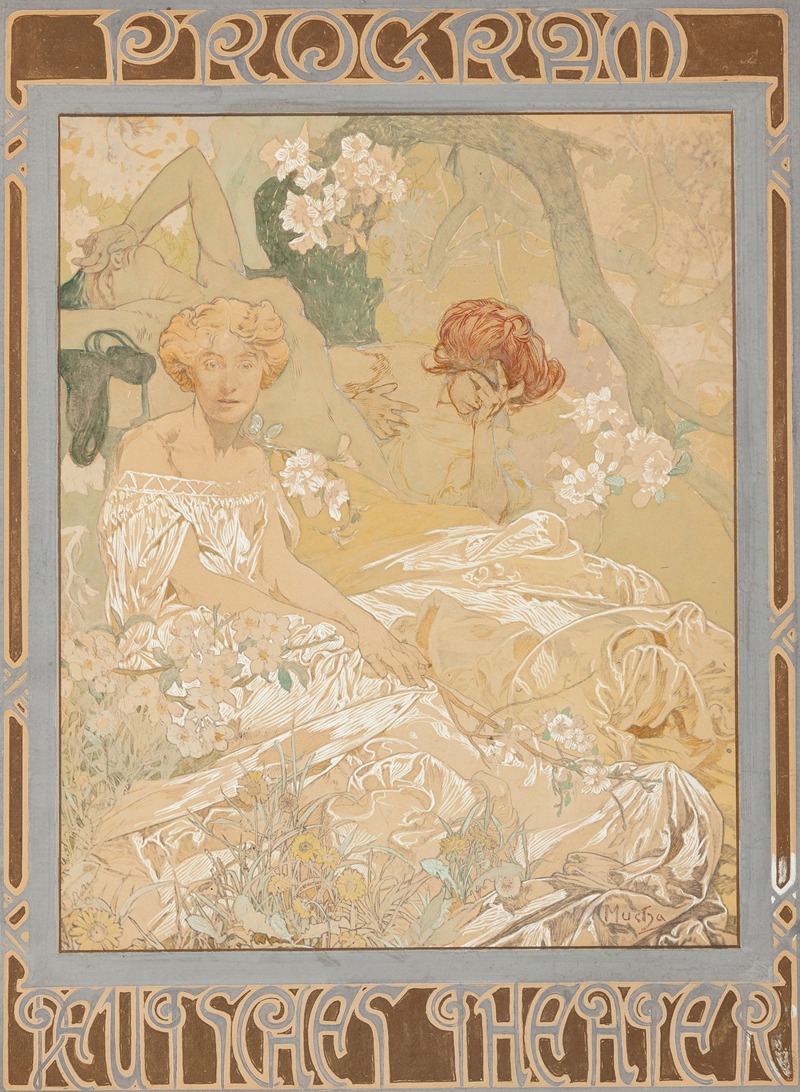
Deutsches Schauspiel-Haus Theater Program
A hand-painted replica of Alphonse Mucha’s masterpiece Deutsches Schauspiel-Haus Theater Program, meticulously crafted by professional artists to capture the true essence of the original. Each piece is created with museum-quality canvas and rare mineral pigments, carefully painted by experienced artists with delicate brushstrokes and rich, layered colors to perfectly recreate the texture of the original artwork. Unlike machine-printed reproductions, this hand-painted version brings the painting to life, infused with the artist’s emotions and skill in every stroke. Whether for personal collection or home decoration, it instantly elevates the artistic atmosphere of any space.
Alphonse Mucha, a Czech painter and decorative artist, is renowned for his distinctive style that became synonymous with the Art Nouveau movement. One of his notable works is the poster created for the Deutsches Schauspielhaus, a prominent theater in Hamburg, Germany. This piece exemplifies Mucha's characteristic approach, combining intricate detail, flowing lines, and a harmonious composition that captures the essence of the Art Nouveau aesthetic.
The Deutsches Schauspielhaus, established in 1900, quickly became one of Germany's leading theaters, known for its commitment to presenting high-quality dramatic works. Mucha's involvement in creating a poster for this institution highlights the intersection of visual and performing arts during this period, as well as the role of art in promoting cultural venues.
Mucha's poster for the Deutsches Schauspielhaus is a testament to his skill in merging artistic beauty with functional design. The artwork features a central female figure, a common motif in Mucha's work, symbolizing grace and elegance. Her flowing garments and the surrounding decorative elements are rendered in Mucha's signature style, characterized by sinuous lines and a rich, yet muted color palette. This approach not only captures the viewer's attention but also conveys the sophistication and allure of the theater experience.
The poster serves a dual purpose: it is both an advertisement for the theater and a standalone piece of art. Mucha's ability to elevate commercial art to the level of fine art is evident in this work, as it transcends its promotional function to become a celebrated example of Art Nouveau design. The use of organic forms and intricate patterns reflects the movement's emphasis on natural beauty and craftsmanship, while the composition's balance and symmetry demonstrate Mucha's mastery of design principles.
Mucha's collaboration with the Deutsches Schauspielhaus is part of a broader trend during the late 19th and early 20th centuries, where artists and designers were increasingly engaged in creating promotional materials for cultural institutions. This partnership not only enhanced the visibility of the theater but also contributed to the dissemination of the Art Nouveau style across Europe. Mucha's work, including the Deutsches Schauspielhaus poster, played a significant role in popularizing this artistic movement, influencing a wide range of disciplines from graphic design to architecture.
In summary, Alphonse Mucha's poster for the Deutsches Schauspielhaus is a quintessential example of Art Nouveau art, showcasing the artist's ability to blend aesthetic appeal with practical application. Through his use of elegant figures, decorative motifs, and harmonious compositions, Mucha created a work that not only advertised a cultural institution but also left a lasting impact on the art world. This piece remains a celebrated example of how art can enhance and promote cultural experiences, bridging the gap between visual and performing arts.





